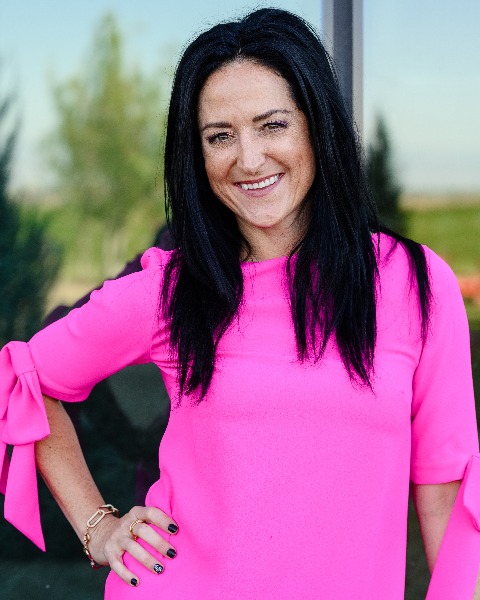Applications of the Diode Laser in Dentistry Part 1
Thursday, May 8, 2025
1:30 PM - 3:00 PM PT
Location: 420-422
CE: 1.5 CE Credits
Primary Audience(s): Dentist
Additional Audience(s): Hygienist, EFDA/Dental Assistant
Additional Audience(s): Hygienist, EFDA/Dental Assistant
Embark on a transformative journey into diode laser technology in dentistry with this dynamic course designed for clinicians eager to harness the potential of lasers in enhancing patient care. Part 1 explores the evolution of laser technology, emphasizing essential concepts such as the significance of wavelength, power settings, and super-pulsing capabilities. Clinicians will gain a clear understanding of how laser therapy compares to antibiotic treatments, mouth rinses, and SRP (Scaling and Root Planing) therapy, focusing on when and why each is appropriate.
For doctors, we will conduct an in-depth examination of surgical applications, highlighting how specific wavelengths—particularly the advanced blue wavelength—improve collagen absorption, expedite cutting, and enhance healing outcomes.
All clinicians, including RDH, DDS, and RDA, will learn how red light therapy, or low-level laser therapy, can be integrated into nearly every dental visit to reduce pain during procedures, accelerate tissue healing (including gum and bone tissue), provide analgesic effects for procedures such as crown placements without anesthesia, and alleviate inflammation both in the oral cavity and beyond, addressing conditions like sinusitis and TMD.
This essential course lays the foundation for effectively integrating diode lasers into clinical practice, empowering participants to elevate patient care and explore new possibilities in treatment.
For doctors, we will conduct an in-depth examination of surgical applications, highlighting how specific wavelengths—particularly the advanced blue wavelength—improve collagen absorption, expedite cutting, and enhance healing outcomes.
All clinicians, including RDH, DDS, and RDA, will learn how red light therapy, or low-level laser therapy, can be integrated into nearly every dental visit to reduce pain during procedures, accelerate tissue healing (including gum and bone tissue), provide analgesic effects for procedures such as crown placements without anesthesia, and alleviate inflammation both in the oral cavity and beyond, addressing conditions like sinusitis and TMD.
This essential course lays the foundation for effectively integrating diode lasers into clinical practice, empowering participants to elevate patient care and explore new possibilities in treatment.
Learning Objectives:
- Identify the key principles of diode laser technology, including wavelength, power settings, and advanced features.
- Compare laser therapy with traditional treatment modalities, such as antibiotic therapy and SRP, to determine appropriate applications for various clinical scenarios.
- Examine the surgical applications of diode lasers and the impact of wavelength and power settings on treatment outcomes.
- Harness advanced red light therapy techniques to swiftly reduce inflammation, alleviate pain, and accelerate healing for enhanced patient recovery.
Disclosure(s):
Joy Raskie, RDH: No financial relationships to disclose

Joy Raskie, RDH
Disclosure(s): No financial relationships to disclose

.png)
.png)
.png)
.png)
.png)